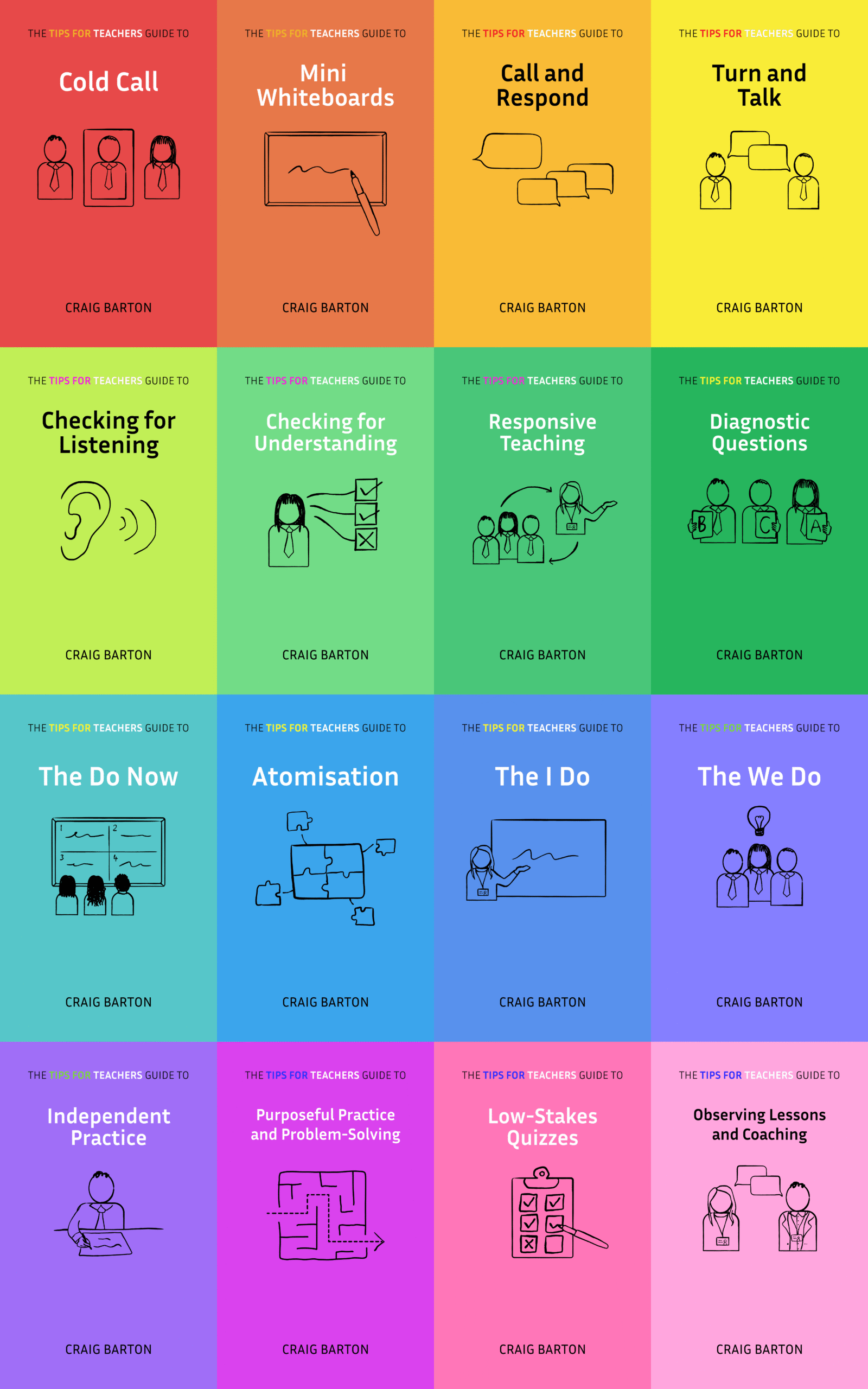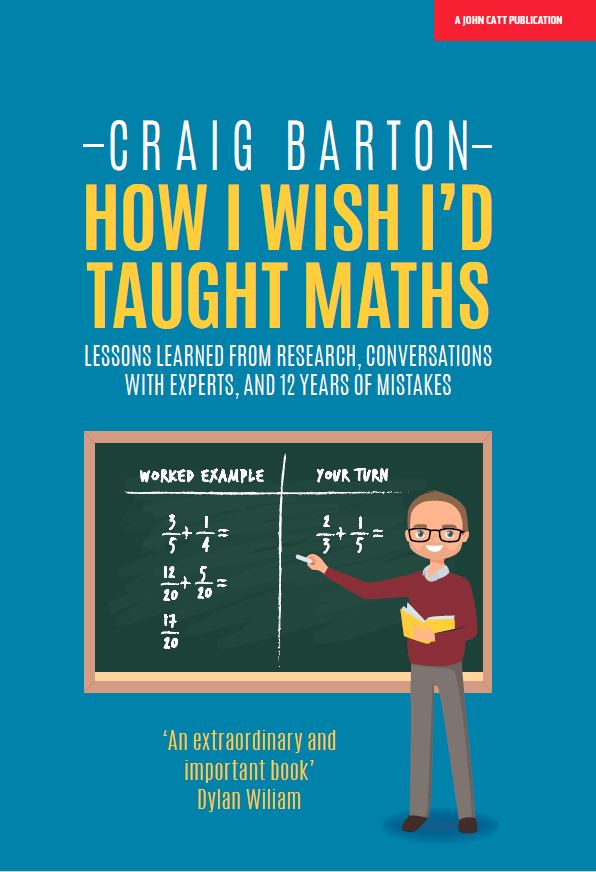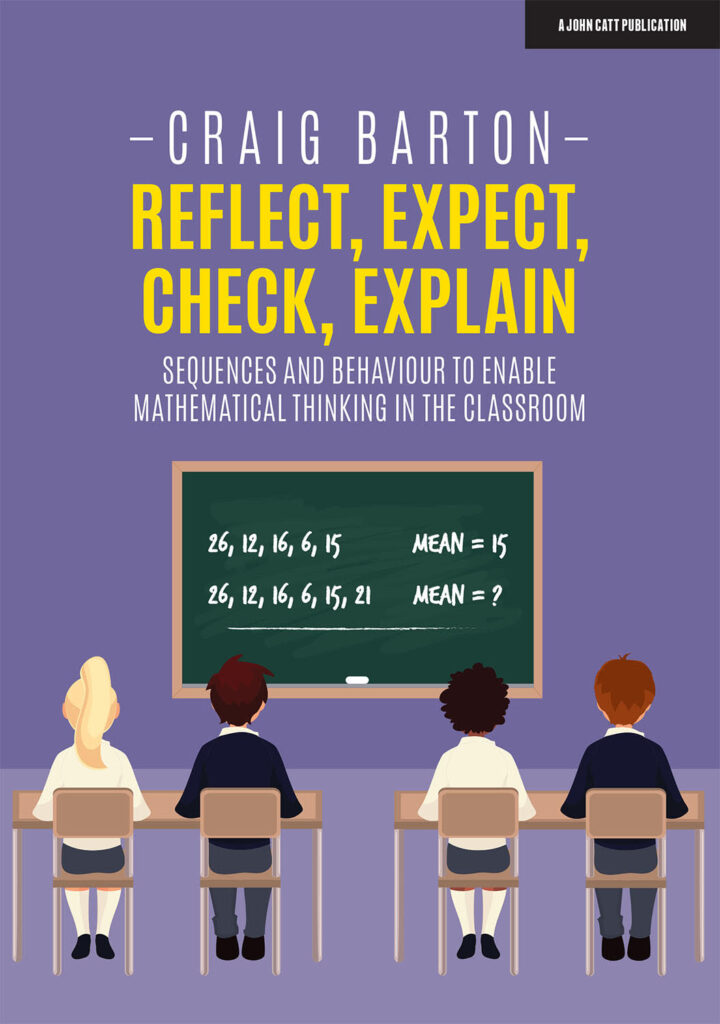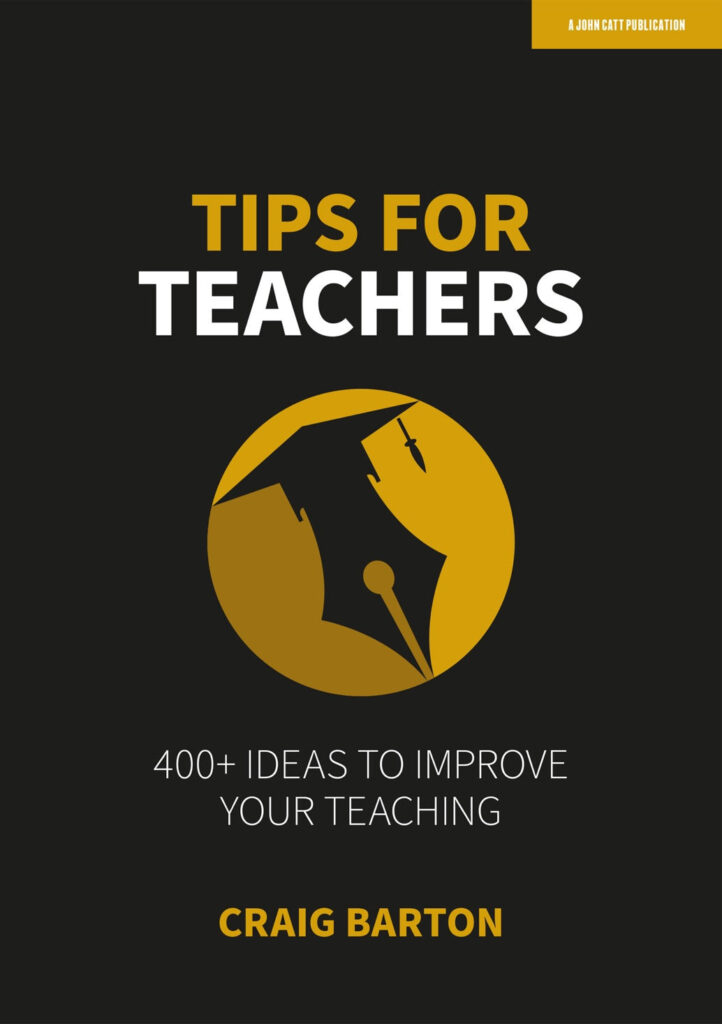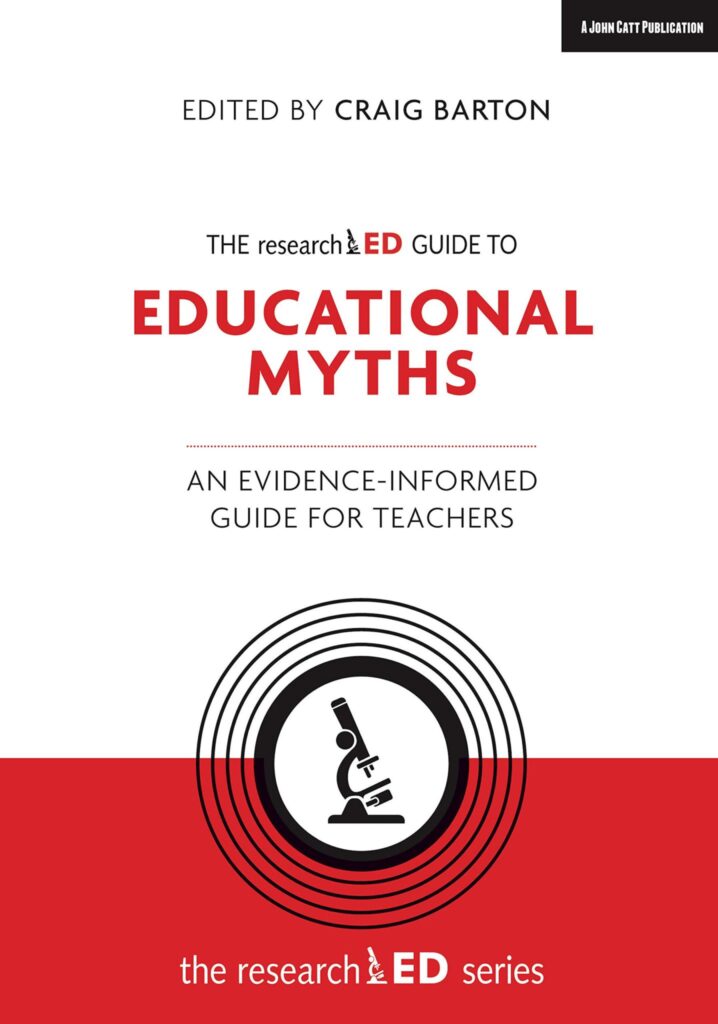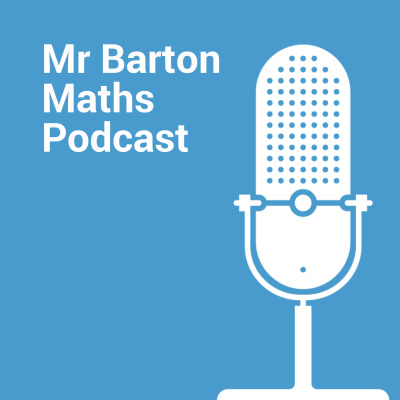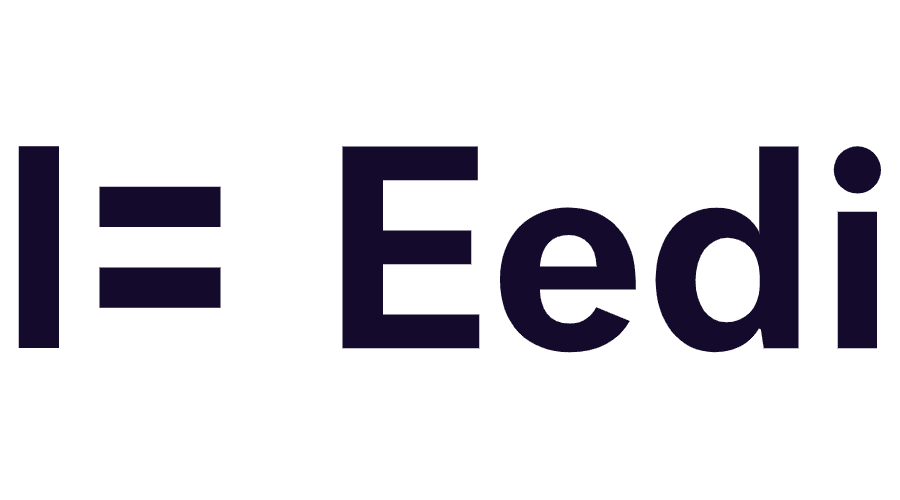Summary
This YouTube transcript discusses three potential reasons students make errors: lack of attention, lack of knowledge, and working memory overwhelm. The speakers explore how teachers can identify these root causes and offer effective feedback. They debate the optimal order for categorizing these issues and suggest that addressing a lack of attention is paramount. The conversation also highlights the value of providing students with strategies for when they are stuck, and emphasizes the use of checklists to improve teaching effectiveness. Finally, they agree that a catchy name for this framework is needed.
What are the implications for teachers?
The sources discuss a framework for teachers to diagnose why students make errors, which has implications for how teachers respond to and support students. The framework suggests three potential causes for student errors: lack of attention, lack of knowledge, or working memory overwhelm.
Here are some of the implications for teachers based on this framework:
- Diagnosing the root cause of errors: Teachers should aim to identify the specific reason behind a student’s mistake rather than assuming it’s always due to a lack of knowledge. This involves considering whether the student was not paying attention, lacked the necessary knowledge, or was overwhelmed by the task.
- Responding effectively to different error types: The appropriate response to an error varies based on its cause.
- Lack of attention: When a student makes an error due to lack of attention, the teacher can redirect the student’s attention to the task, have them reread the question or read their work out loud.
- Lack of knowledge: If the student lacks the necessary knowledge, the teacher might need to reteach the material, refer the student to a resource, or offer a hint to help them progress. It is also important for teachers to explicitly teach students what to do when they get stuck, such as reviewing their notes, or asking a peer.
- Working memory overwhelm: When students are confused or overwhelmed, teachers can break tasks into smaller steps, provide scaffolds, or offer checklists to help students organize their thinking.
- Importance of attention: The single biggest barrier to learning may be a lack of attention. Teachers may need to improve how they check if students are listening and paying attention. A strong curriculum can also help ensure the lesson is worth paying attention to.
- Recognizing the overlap between knowledge and working memory: It can be difficult to distinguish between a lack of knowledge and working memory overload, as a lack of knowledge can lead to feeling overwhelmed. The key is to understand the appropriate actions in response to the student error.
- Using checklists: Checklists can be a useful strategy in teaching and learning. Checklists can help students as they step through tasks sequentially.
- Having a structured approach: The framework helps teachers to develop more structured and refined mental models to act more effectively in the classroom. The framework emphasizes the importance of first diagnosing the problem and then determining the appropriate response.
View all of Ollie Lovell’s videos:
Click in the top-right corner of the image below to select your video!
